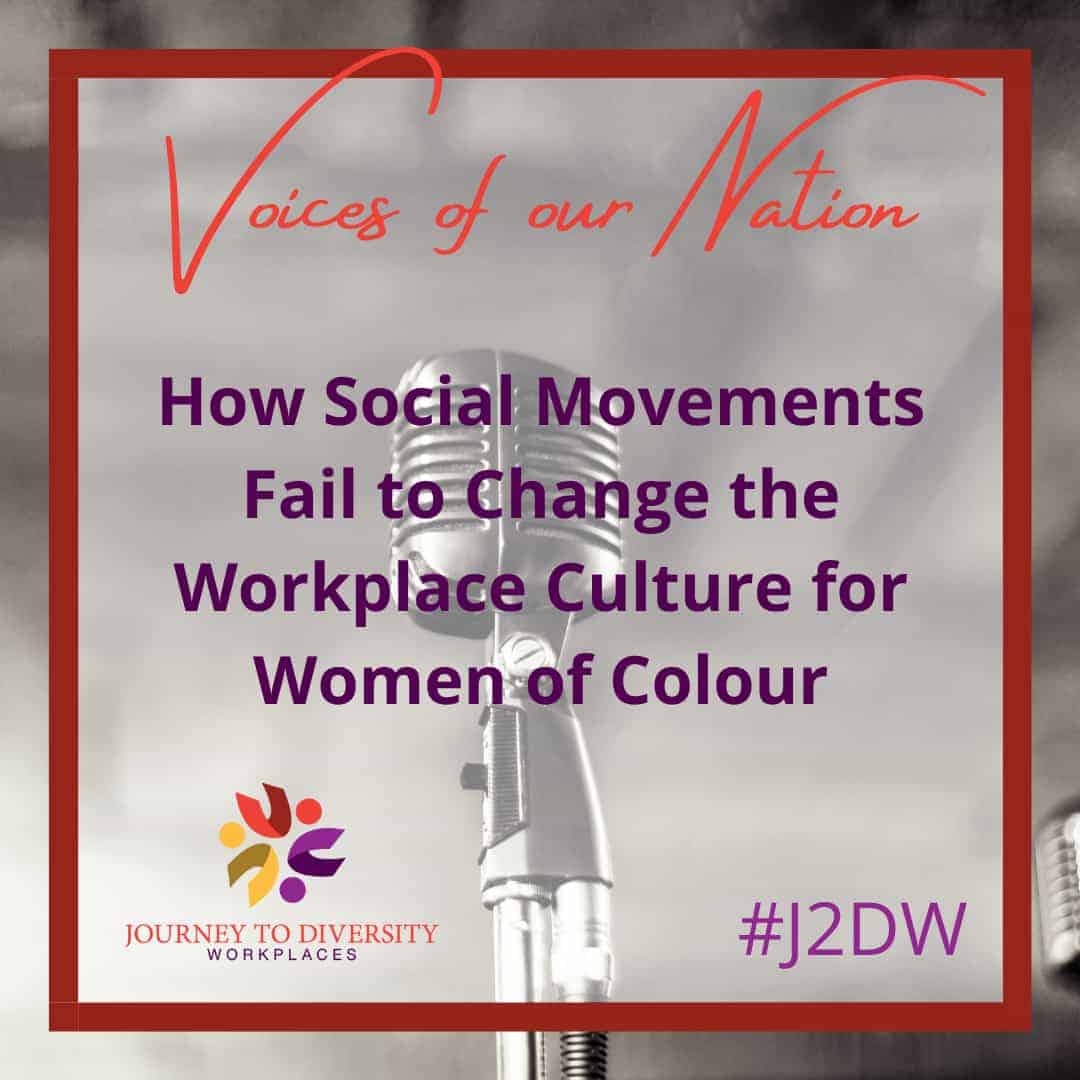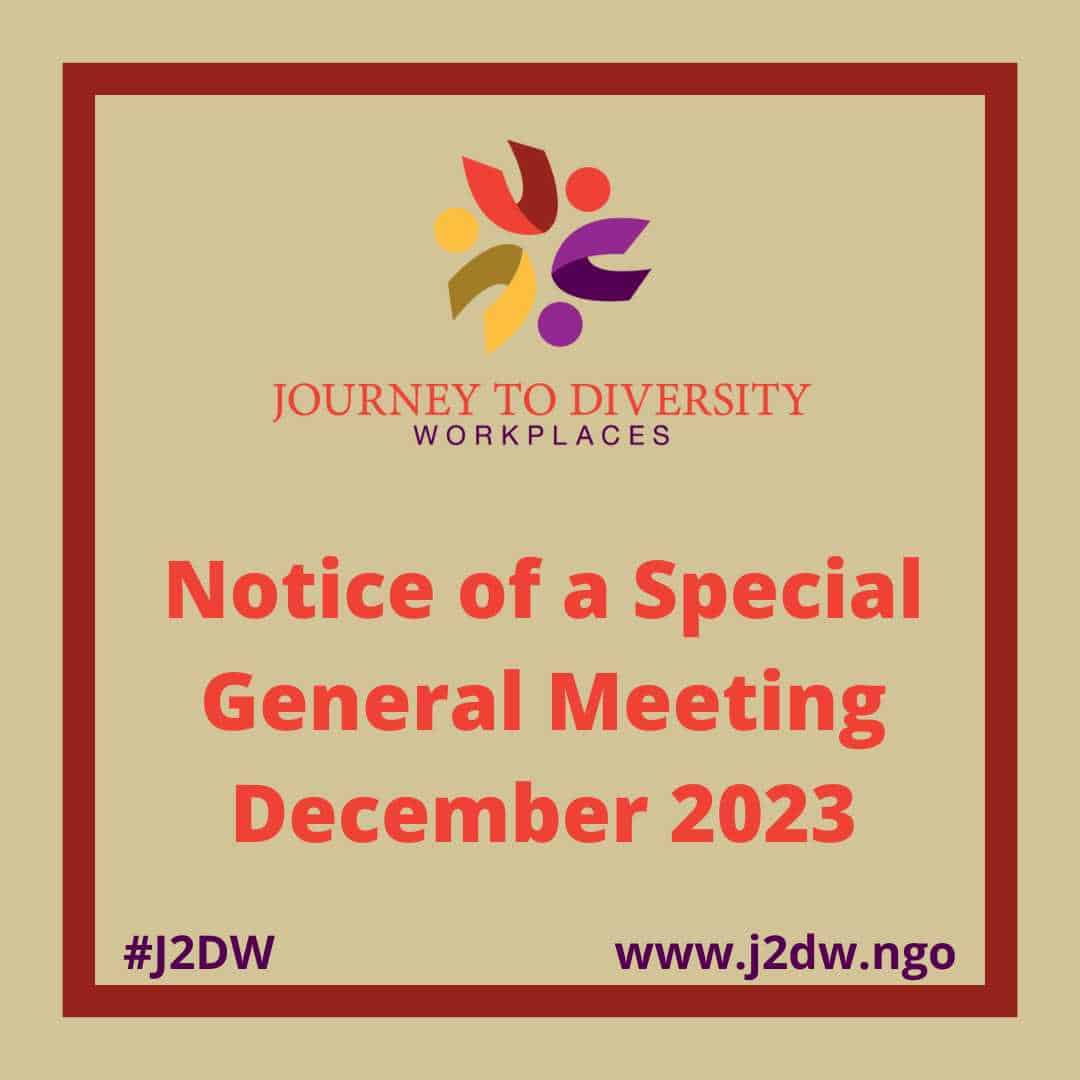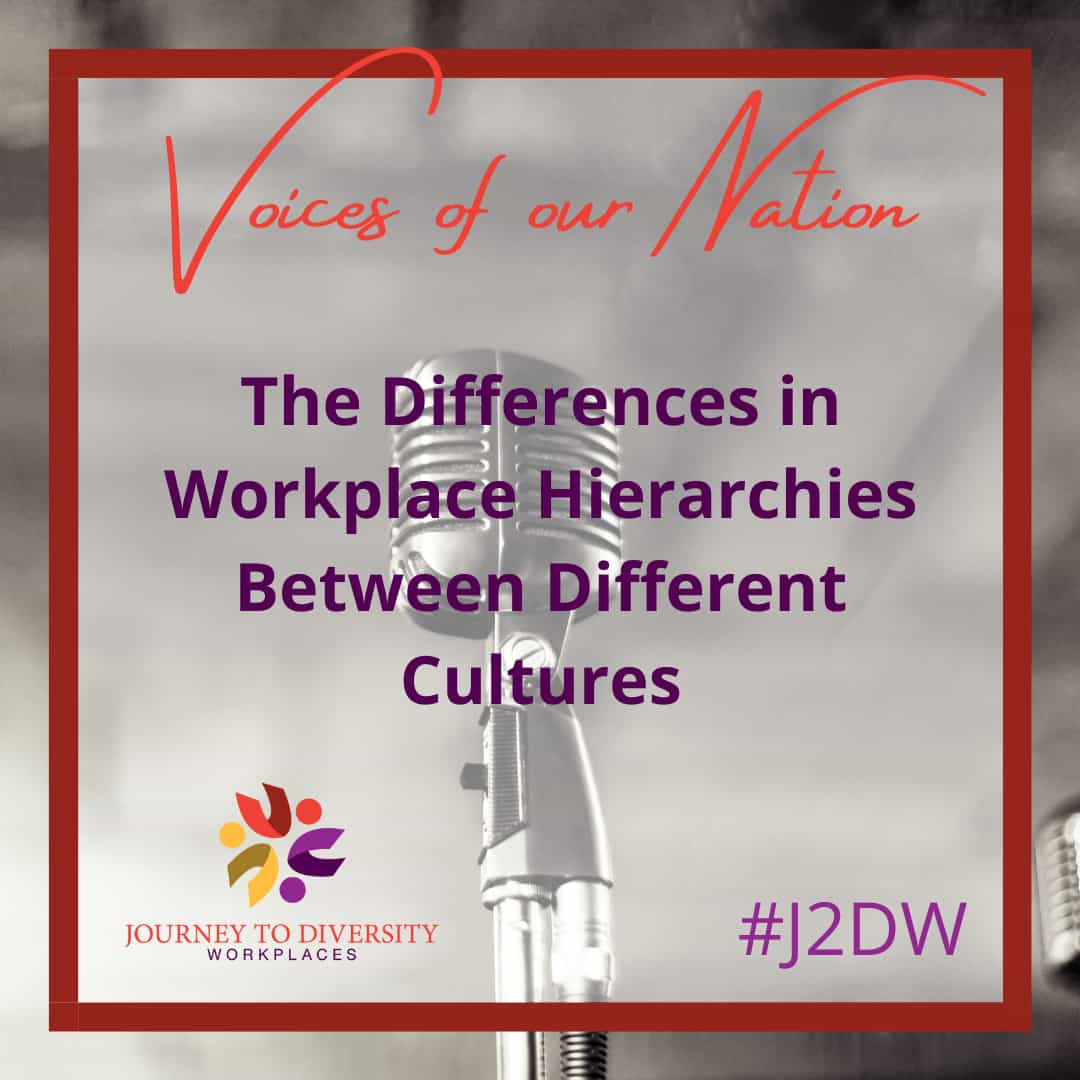When considering the amount of media chatter we have witnessed in the past decade about social justice, women’s rights, Black Lives Matter, innumerable humanitarian crises, and whatnot, how much of it actually translates to a constructive structural change?
I remember going to school and hearing male teachers mutter about the #MeToo movement and the word feminist being thrown around as a derogatory slang– which, now years later, seems to have completely lost its true meaning– but never did I witness an honest, thoughtful discussion. Following the major spotlight that Black Lives Matter received in 2020 and onwards, I, for one, had hoped to see a more socially conscious workplace environment. Although a social movement not directly tied to the workplace, it aimed to bring light to the socioeconomic disparities faced by Black people and encouraged others to get educated. But often, it all unravels in the same way, where people self-assign a label that aligns with the political climate and throw away their tag when the world isn’t watching.
For instance, my friend, a Black woman, once told me that when she asked her boss if she could apply for a managerial position, she was advised to set her sights elsewhere because she ‘won’t fit the manager look’. It begs the question, if massive social movements can fail to find a stream of reason amidst this sea of chatter, then what can we depend on for long-lasting, structural and environmental change in the workplace?
Let’s look at the statistics. A racialized woman makes an average of 59.3% of the annual salary of a white man in Canada, where Black women make 58.5% of this salary, and South Asian women make 55.1% of it (Women’s earnings – The pay gap: Quick Take, 2023). This discrepancy exists because women are inherently valued less for their labour, and as a result, female-dominant professions and industries observe significantly lower wages than their counterparts. As highly debated as the gender wage gap is, I find it even more appalling that introspective, thorough research around a woman’s struggle with seeking respect and authority in leadership positions is so difficult to uncover and even harder to determine as credible.
A paper on the roads that led four Black women to their leadership positions in an educational workplace environment outlines the hurdles and means of resilience that led them to their positions today (Johnson & Fournillier, 2021). It becomes clear that without irrefutably strong pillars of support in their lives, they would have had little to no chance of dreaming this big (Johnson & Fournillier, 2021). Unfortunately, not everyone has these community-based support systems that can help them rise despite macro, or systemic, aspects of prejudice, which include socioeconomic, financial, academic, and mental health issues, and the micro instances of prejudice, such as the daily encounters. Such factors are the birthing grounds for social movements that challenge these inequities and rally for a more fair sociopolitical structure to navigate.
This is not to say that social movements have had no impact on the structural integrity and policy decisions in our society, but it does aim to point out the urgency of longstanding issues that are primarily underlined in corporate culture yet never acted upon. The manner in which social movements are conducted is also important; does it focus on addressing a policy change, or is it inquisitive about the people who get a seat at the decision-making table? However, even with a clear goal, a widespread reach, and big names to support the cause, the most that the people get is that ‘their voices are being heard’. The governing body of a nation takes what seems like eons to reach a conclusion on minute policy changes, but since the people expect a substantial response, that now feels obsolete in comparison to the grand escalation of the issue in the meantime.
Racialized women deserve to equitably grasp their desired leadership positions, but considering the structures of government and policy present today, this vision appears far-fetched. Social outreach is necessary for policymakers to recognize that the issue can no longer be ignored, and thus, activism is always encouraged. However, as long as the system itself is held together by voices that don’t take BIPOC issues seriously, unfortunately, these women will continue to have to work ten times harder to achieve upward mobility in the workplace, unless their employers operate with a prejudice-free, educated philosophy.
References
Johnson, N. N., & Fournillier, B. J. (2021). Intersectionality and leadership in context: Examining the intricate paths of four black women in educational leadership in the United States. International Journal of Leadership in Education. DOI: 10.1080/13603124.2020.1818132
Women’s earnings – The pay gap: Quick Take. (July 5, 2023). Catalyst. https://www.catalyst.org/research/womens-earnings-the-pay-gap/
This article was written by summer student Ilesha Prabhudesai. This article was funded by the Government of Canada.



